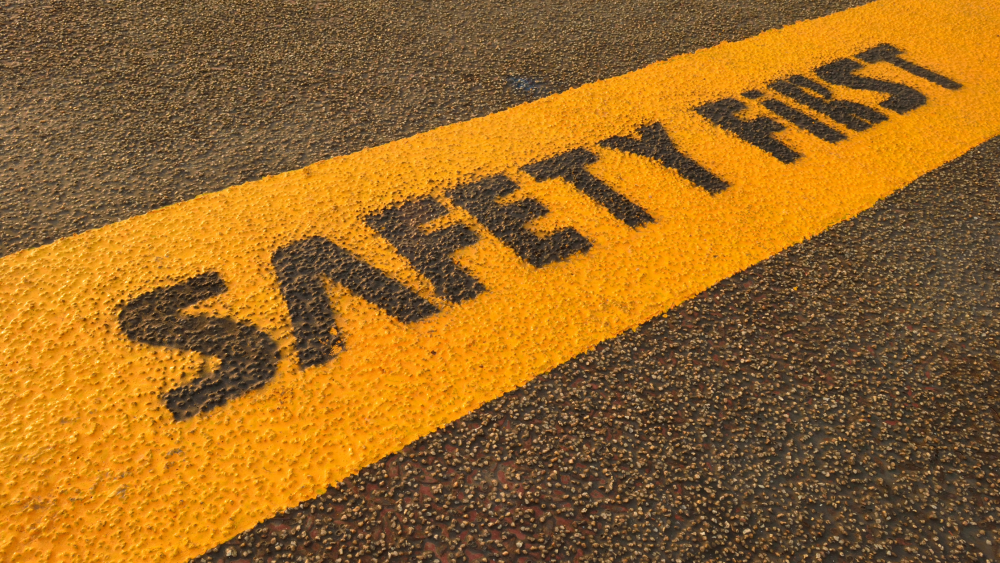Safety in an aeronautical organization is a sine qua non.
If there is no safety, there can be no flight operations.
This is clear and leaves no room for doubt.
However, safety is also an organizational model of resource management, with a far-sighted look to the future, a company asset, an intangible value that can be perceived internally and communicated externally. It should not be seen as a bureaucratic task but as an opportunity for growth.
The evolution of the company organization from Taylorism to today has seen its vision change over the years: we started from technical factors (Taylor) and then evaluated human ones (Mayo) and then moved on to decision management (Anthony and Simon) and then to Total Quality Management (Toyota) and beyond. These are just some of the most important examples, but many others could also be cited in more specific sectors.
Each step always includes all the previous ones, merging the principles in what is called the "organizational culture". We in aviation have the great advantage that we have almost always been the forerunners of these techniques from time to time innovative: of the technique in construction, of the human factor in personnel management, of the organizational models with our tasks, roles and functions, always very "processed" by our manuals.
Therefore, safety starts from here: evaluating every single aspect of aviation and creating a cultural basis in order to grow and improve without hiding anything.
The culture passes through the 4 pillars: policy and objectives (I prepare), risk management (I evaluate), safety assurance (I monitor) and safety promotion (I train and communicate).

But how can safety also create value for the company as well as being a mandatory condition?
It depends on how it is managed and how it communicates, it depends on the type of sustainability that the company wants to achieve.
An environmental company will obviously seek economic sustainability and then try to make the earth a better place. An aeronautical company, on the other hand, after economic sustainability, will have to include in its vision the fact of making the skies a safer place.
Why did we put economic sustainability before safety if we said that safety is a sine qua non? Because without the appropriate economies I will not be able to invest in safety, that is, I will be able to take home the minimum penalty required by law, but I will not be able to try to build a solid culture. Companies that cut safety costs when they are in crisis are like those that cut advertising when they sell little.
But we must not hide behind rhetorical phrases ... without money you do nothing and there are many money in aviation but few remain ... but we will talk about this in one of the next articles.
So, let's get to the point, let's identify the quantum leap: generate economies with which we can invest in the safety that serves as the driving force of operations and for the creation of a corporate image that brings more customers and therefore generates more economy.
Everything is in communication and we at CBF know how important it is to communicate and we have created this platform precisely to spread culture and give it value.
esempi di as xml: xml serveResource con templateId (chiave)
esempi di as json: json serveResource con templateId (chiave)
esempi di as json e siteId: json serveResource con siteid